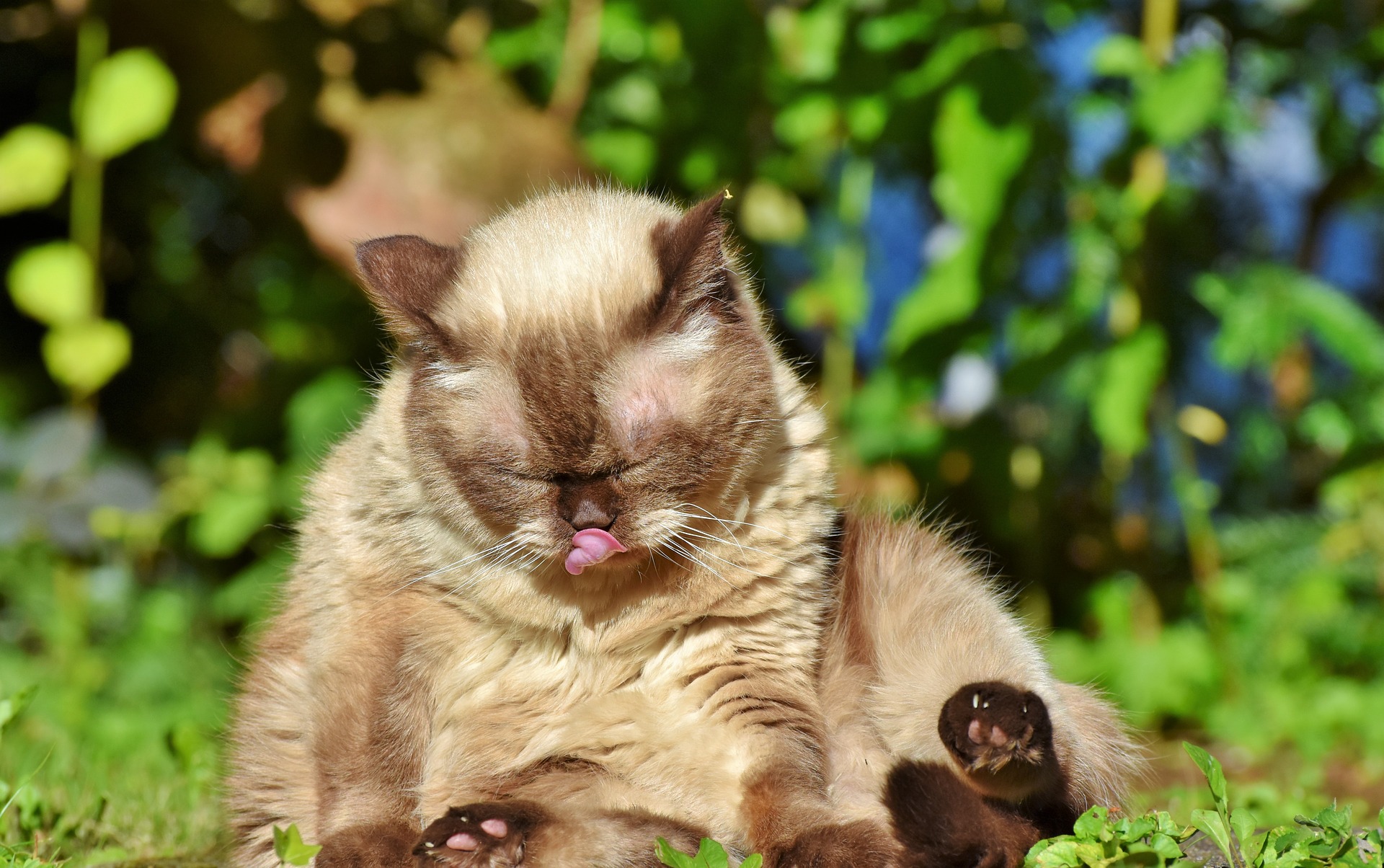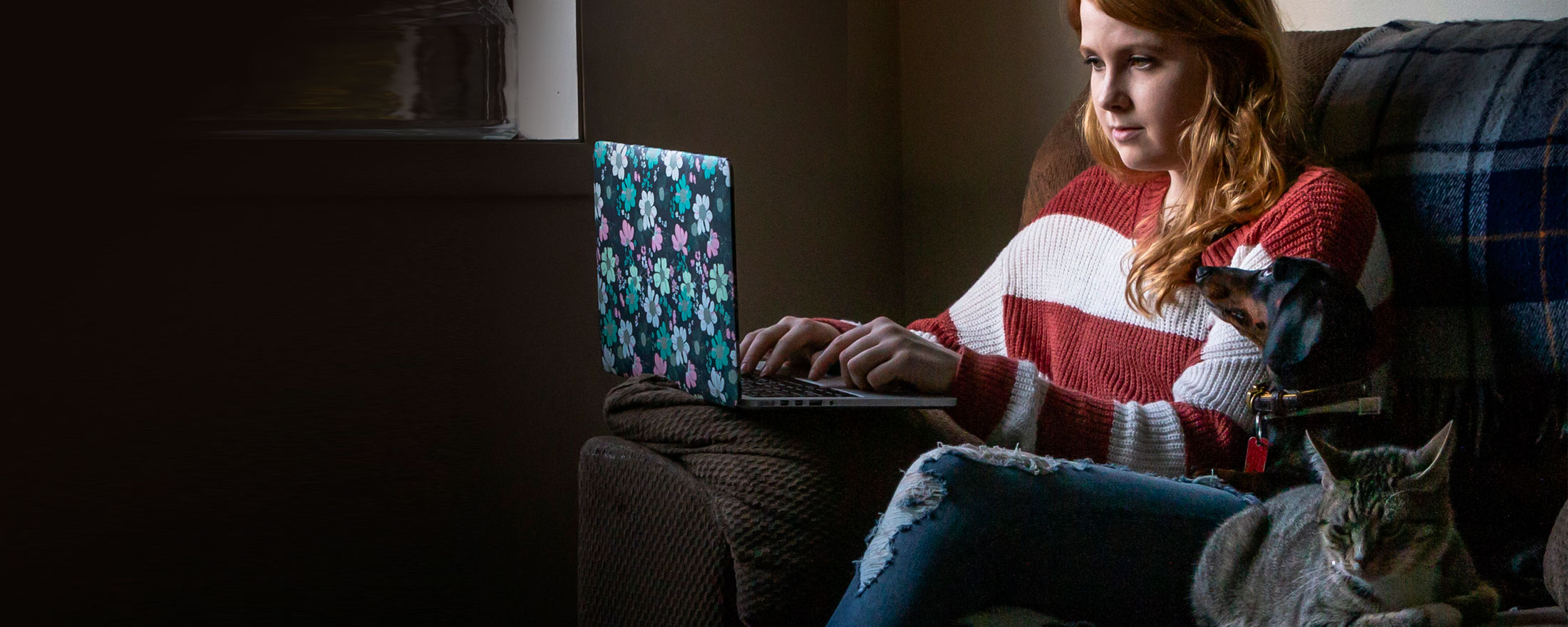
07 Feb Caring for a Cat With Few or No Teeth
Cats start out with 30 adult teeth. Ideally, they should keep all 30 teeth throughout their life. Unfortunately, genetics and a lack of willingness for many cats to comply with daily oral home care lead to a need for tooth extraction.
What Leads to Cat Tooth Loss?
Dental disease is one of the most common, if not the most common, pathology that is seen in the domestic cat (Felis catus). A commonly quoted statistic is that 80% of cats and dogs by age 3 will have some form of dental disease. This is likely an underestimation. Without daily oral home care and routine professional cleanings, dental disease will develop and often lead to the need to have teeth extracted if not treated early in the course of the disease.
Most cats will lose one or more teeth during their lifespan due to periodontal disease or tooth resorption. Gingivostomatitis may also be present. This is an oral condition in which the immune system has an overzealous response to plaque on the teeth leading to severe and debilitating oral pain. Treatment for gingivostomatitis is either partial or full mouth extractions. Extraction therapy is generally successful. Cats are more likely to eat consistently after painful teeth are removed and the associated inflammation has decreased or resolved.
How Does a Toothless Cat Eat?
Many felines can eat and manage very well without teeth. Cat teeth are pointed and are used more for grabbing and shearing rather than chewing or grinding purposes. The cat tongue, which is covered with many rough “Velcro” like papilla, helps propel food (including prey) to the back of the oral cavity before it is then swallowed.
When teeth are in pain due to dental disease, the affected teeth are rarely used for eating. If you or I have an aching tooth, then we will likely avoid using that area of the mouth for chewing. This is the same in cats that are experiencing tooth pain. They will use their tongue to move food into the oral cavity without chewing their food.
What Should You Feed a Cat with Few or No Teeth
Canned food is generally recommended for cats without teeth. However, some cats will insist on continuing to eat kibble despite being edentulous (having no teeth). They will use their tongue as a shovel for ingestion. For some cats, kibble is a more comfortable texture than canned food to prehend with their tongue. Alternatively, a little kibble can be mixed with canned food to create a chunkier consistency that makes it easier for some felines to ingest. The shape and texture preference will vary from cat to cat.
A Toothless Cat Can Still Live a Happy Life!
Regardless, if your feline friend needs extractions due to gingivostomatitis or severe periodontal disease, they will be MUCH happier and eat more comfortably once infected, painful teeth are removed. At Animal Dental Care and Oral Surgery, we can help your furry friend live her best life by treating any dental disease that may be present and by creating a preventative plan to keep her healthy and happy. Schedule an appointment at our Loveland or Colorado Springs offices today!

